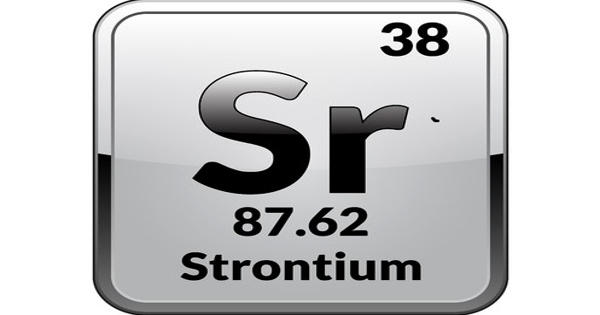
The very few uses of strontium include glow-in-the-dark materials, fireworks and toothpaste for sensitive teeth. Strontium was first isolated in 1808 by Sir Humphry Davy, who changed the suffix to -ium to be consistent with the names of other alkaline earths. In 1793, Thomas Charles Hope proposed the new element in strontianite be named strontites. The same conclusion was arrived at by Friedrich Gabriel Sulzer and Johann Friedrich Blumenbach, who named the mineral strontianite. Crawford proposed that it contained a new element that was yet to be discovered. In 1790, Adair Crawford and William Cruickshank noticed that ore used to produce barium from the Scottish village of Strontian exhibited different properties compared to ores derived from other places. Display:Ĭalcium metal crystal, human teeth containing calcium hydroxyapatite Ca 5(PO 4) 3(OH), a mink skull – bone contains calcium hydroxyapatite, seashells and snail shells made of calcium carbonate CaCO 3, chalk (CaCO 3), marble CaCO 3/CaMg(CO 3) 2 and selenite needles CaSO 4 ♲H 2O It is also used in nuclear applications as a neutron source or reflector. It is transparent to X-rays and is used in X-ray tubes and detectors. Uses:īeryllium is used in alloys, such as lightweight alloys in the aerospace industry or copper alloys to increase strength and reduce sparking. Beryl in turn derives its name from the Indo-European word for pale, which describes its appearance. But, it was ultimately Friedrich Wöhler, one of the first to isolate the element in 1828, who gave beryllium its current name.

Another scientist who had investigated beryl and emeralds, Martin Heinrich Klaproth, proposed the name beryllina after the mineral from which it derived. He named this glucinium after the Greek glyko- meaning sweet, as some beryllium compounds tasted sweet, and the symbols G and Gl were used. In the 1700s, both were mistaken as aluminium silicate compounds, however in 1798, Louis-Nicolas Vauquelin discovered that they both contained a new element. What elements are in Group 2 – Alkaline Earth Metals?Ĭlick on the following elements to learn more about them:Įmeralds and the mineral beryl were known since ancient times and were noted for their similarities. The formula weight is simply the weight in atomic mass units of all the atoms in a given formula.We take your privacy seriously. When calculating molecular weight of a chemical compound, it tells us how many grams are in one mole of that substance. The percentage by weight of any atom or group of atoms in a compound can be computed by dividing the total weight of the atom (or group of atoms) in the formula by the formula weight and multiplying by 100.įinding molar mass starts with units of grams per mole (g/mol). If the formula used in calculating molar mass is the molecular formula, the formula weight computed is the molecular weight. For bulk stoichiometric calculations, we are usually determining molar mass, which may also be called standard atomic weight or average atomic mass. This is not the same as molecular mass, which is the mass of a single molecule of well-defined isotopes.
#SR ELEMENT COME FROM HOW TO#
This is how to calculate molar mass (average molecular weight), which is based on isotropically weighted averages.

The atomic weights used on this site come from NIST, the National Institute of Standards and Technology. These relative weights computed from the chemical equation are sometimes called equation weights. Using the chemical formula of the compound and the periodic table of elements, we can add up the atomic weights and calculate molecular weight of the substance.įormula weights are especially useful in determining the relative weights of reagents and products in a chemical reaction. This site explains how to find molar mass. The reason is that the molar mass of the substance affects the conversion.

To complete this calculation, you have to know what substance you are trying to convert. In chemistry, the formula weight is a quantity computed by multiplying the atomic weight (in atomic mass units) of each element in a chemical formula by the number of atoms of that element present in the formula, then adding all of these products together.Ī common request on this site is to convert grams to moles.


 0 kommentar(er)
0 kommentar(er)
